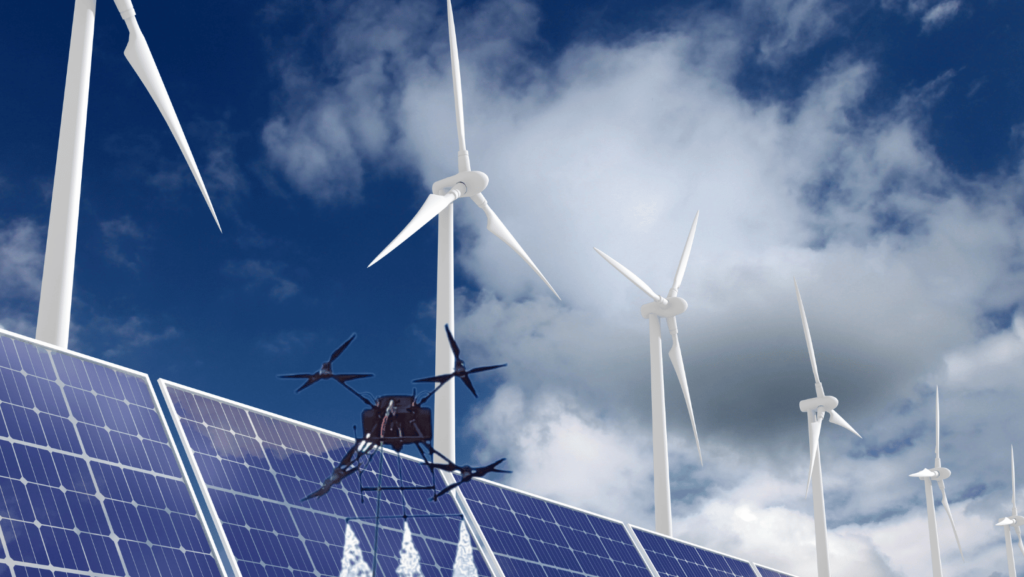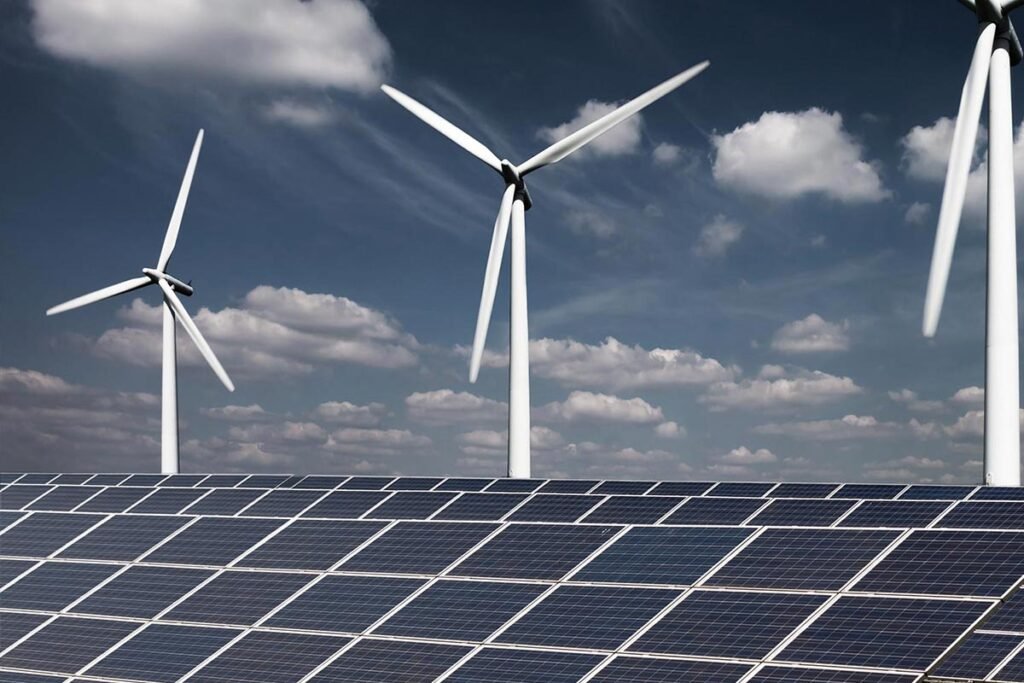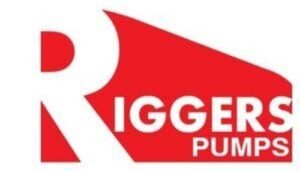Drone-Based High Pressure Washing for Wind Turbines
Boost turbine performance, cut maintenance costs, and improve safety with our cutting-edge drone-powered cleaning system. Designed for modern wind farms, our high-pressure drone solution cleans turbine blades, towers, and nacelles with unmatched speed, precision, and eco-efficiency—without putting technicians at risk.

Traditional Cleaning Challenges
Extreme Heights: Utility-scale turbines can exceed 120 m, making rope access and boom lifts dangerous and logistically difficult.
Safety Hazards: Falls, gusty winds, and difficult terrain increase risks for technicians.
Cost & Downtime: Equipment rental, crew deployment, and shutdown time inflate operational costs.
Environmental Limitations: Manual methods often result in high water use and runoff—challenging to manage in off-grid locations.
Introducing Our Drone-Based High Pressure Washing System
Our drone combines precision-engineered high-pressure nozzles with AI-guided flight planning for safe, fast, and thorough cleaning. It handles blade contours, tower geometry, and nacelle surfaces without scaffolding or human contact.
How It Works
Smart Site Survey & Mapping
Intelligent Flight Path Planning
High-Pressure Jet Cleaning
Live Monitoring
Rinse & Inspect
Features
Flight Control & Safety: GPS with visual-inertial fallback, LiDAR/ultrasonic obstacle sensing, geofencing, and wind sensors ensure stable, compliant flights without entering rotor zones.
Pressure Washing: Adjustable 60–120 bar pressure and 6–10 L/min flow for effective blade cleaning while conserving water.
Detergent Module: Built-in pump injects biodegradable cleaning solution (0.5–1 L/min) to remove salt, grease, bird droppings, and insects.
Lightweight Frame: Carbon fiber keeps dry weight under 13 kg, allowing 22 min flight per battery. Quick-swap water and battery modules minimize downtime.
Inspection Camera: 12 MP RGB camera with anti-glare lens for detailed imagery; optional infrared mode detects subsurface damage.
Applications
Onshore Wind Farms
Utility-scale turbines (2–5 MW) in agricultural or desert areas prone to heavy dust buildup.
Offshore Wind Farms (Nearshore)
Coastal and shallow-water turbines affected by salt spray and marine fouling—where boat-based cleaning is difficult.
Distributed Wind Turbines
Small to medium turbines near industrial zones, where airborne debris and pollutants cause faster blade fouling.
Urban Rooftop Wind Turbines
Building-mounted or micro-wind setups in cities—needing fast, non-intrusive cleaning without scaffolding or special permits.
Technical Specifications
| Parameter | Specification |
|---|---|
| Drone Weight (Dry) | 12.5 kg (Carbon-fiber frame) |
| Battery Runtime | 22 minutes (max payload configuration) |
| Water Module Capacity | 10 liters (quick-swap design) |
| Nozzle Pressure Range | 60 – 120 bar (adjustable) |
| Flow Rate | 6 – 10 L/min (optimized) |
| Detergent Injection Raten | 0.5 – 1 L/min (biodegradable) |
| Max Operating Wind Speed | 15 km/h (auto-hover freeze ≥ 12 km/h) |
| Control Range | 1 km line-of-sight; 300 m GPS-denied mode |
| Camera Resolution | 12 MP RGB + optional IR |
| Obstacle Detection | Lidar & Ultrasonic (3 m range) |
| Maximum Takeoff Weight | 28 kg (including water, battery, payload) |
Why Choose Us
- We tailor pressure settings, nozzle geometries, and detergent formulas to site-specific challenges—whether heavy agricultural dust, salt spray, or bird droppings.
- Modular attachments like anti-icing spray units or UV-sterilization heads address unique maintenance needs.
- On-site operator training covers flight protocols, safety measures, and regulatory compliance.
- 24/7 remote monitoring, software updates, and preventive maintenance recommendations ensure peak performance and minimal downtime.
- All drones are DGCA-certified, with valid PMLA (Permission for Movement of Light Drones) approvals and adherence to local aviation regulations.
- Cleaning agents comply with CPCB standards and are biodegradable, ensuring minimal environmental impact.
- Post-cleaning inspection images and telemetry data integrate seamlessly with your existing asset management systems.
- Predictive analytics based on cleaning logs and blade condition assessments help optimize O&M scheduling and budget forecasting.
- Over five years of R&D in drone-based cleaning solutions for renewable energy assets.
- In-house engineering team with deep knowledge of turbine aerodynamics, composite materials, and fluid dynamics ensures optimal cleaning performance without harming equipment.

FAQ
Cleaning frequency depends on local environmental factors. In dusty or agricultural zones, quarterly cleaning is recommended. In coastal regions with high salt exposure, bi-monthly or monthly cleaning may be necessary. For moderate climates, semi-annual cleaning often suffices.
No. For safety, turbines must be shut down and blades feathered at 0° pitch before cleaning. Our system coordinates with your operations schedule to minimize downtime and ensure safe conditions.
We deploy drip trays around the tower base to collect wastewater. Collected water is either reused for subsequent cleaning cycles or safely disposed of following CPCB guidelines. Biodegradable detergents further mitigate environmental impact.
Our adjustable pressure range (60–120 bar) and soft-flow nozzles prevent damage to composite blade coatings. Pre-task test sprays confirm optimal pressure settings, ensuring safe cleaning.
Onboard ultrasonic sensors monitor real-time wind speeds. If gusts exceed 10 km/h, the drone automatically hovers in place; if winds exceed 15 km/h, it returns to its safe-landing pad until conditions improve.
